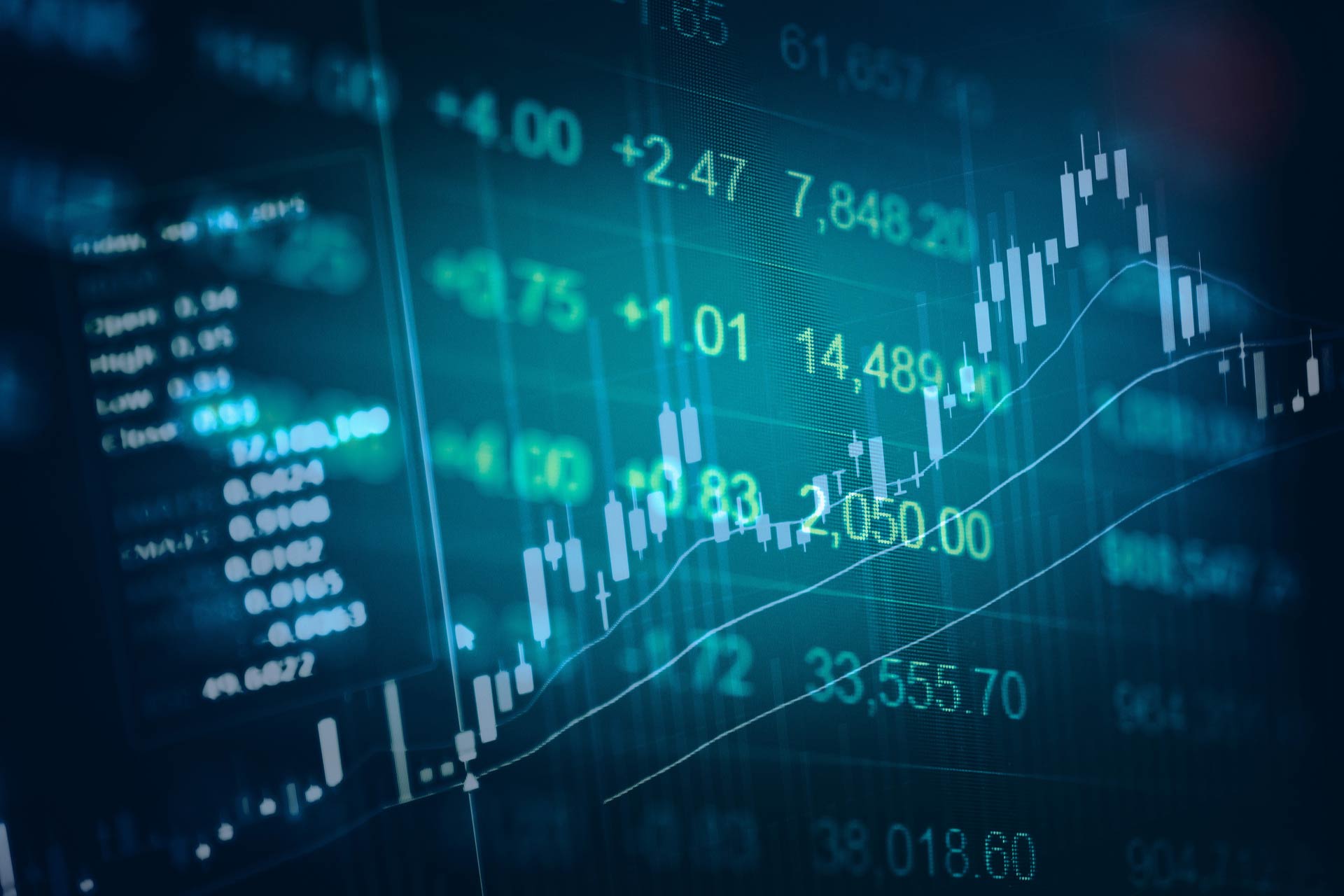Three major indices – the S&P GSCI index, the Bloomberg Commodity index and DBIQ Optimum Yield Diversified Commodity Index – have become the industry-standard benchmarks for investors in commodities.
Investors either invest directly into the funds or through exchange-traded funds that track their performances. Furthermore, many local commodity fund offerings track one of the three commodity funds.
Different structures and strategy
The S&P GSCI, established in 1991, is an index calculated primarily on a world production-weighted basis. It comprises 24 physical commodities that are the subject of active, liquid futures markets.
The weight of each commodity in this index is determined by the average quantity of production and is designed to reflect the relative significance of each of the included commodities in the world economy.
Due to this structure, the S&P GSCI is very heavily exposed towards the energy sector, with 59% of the index currently invested in products ranging from crude oil to natural gas.
